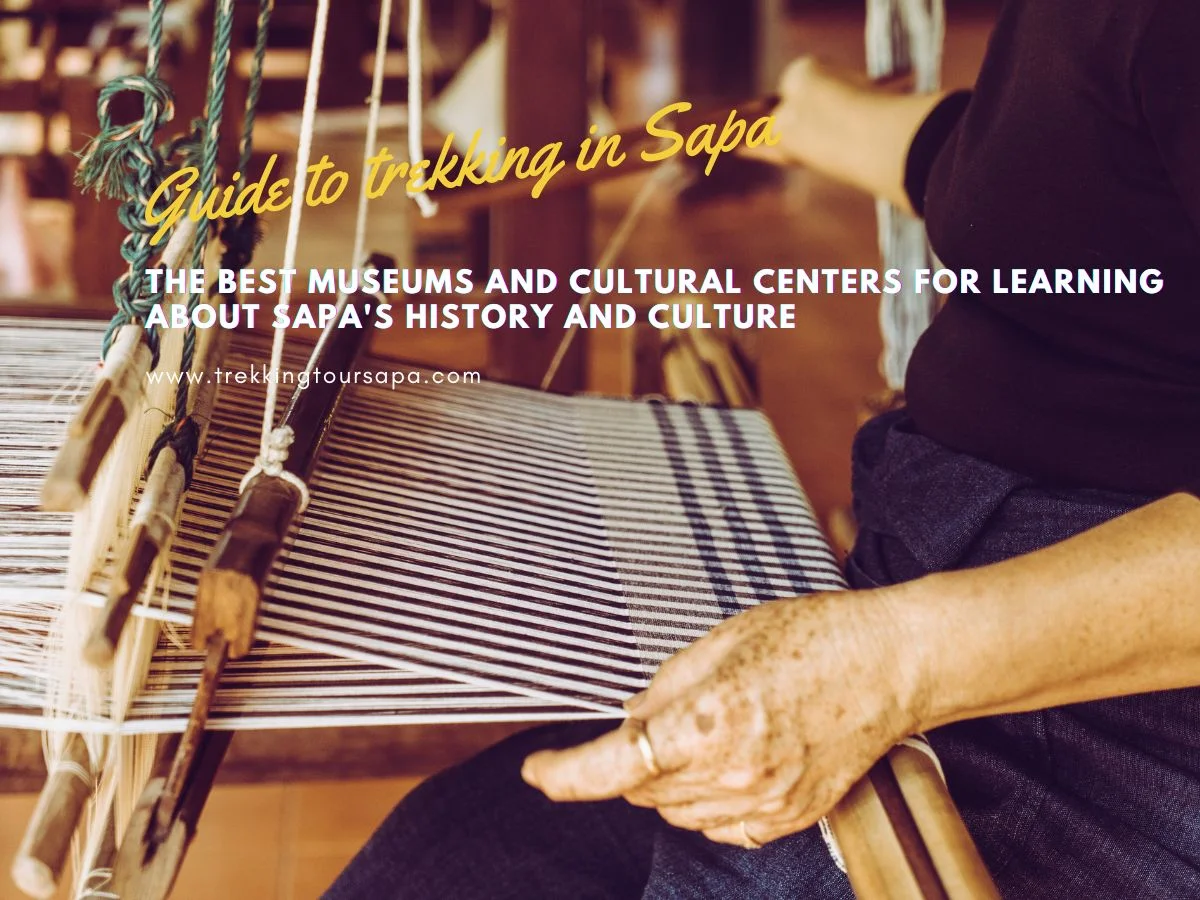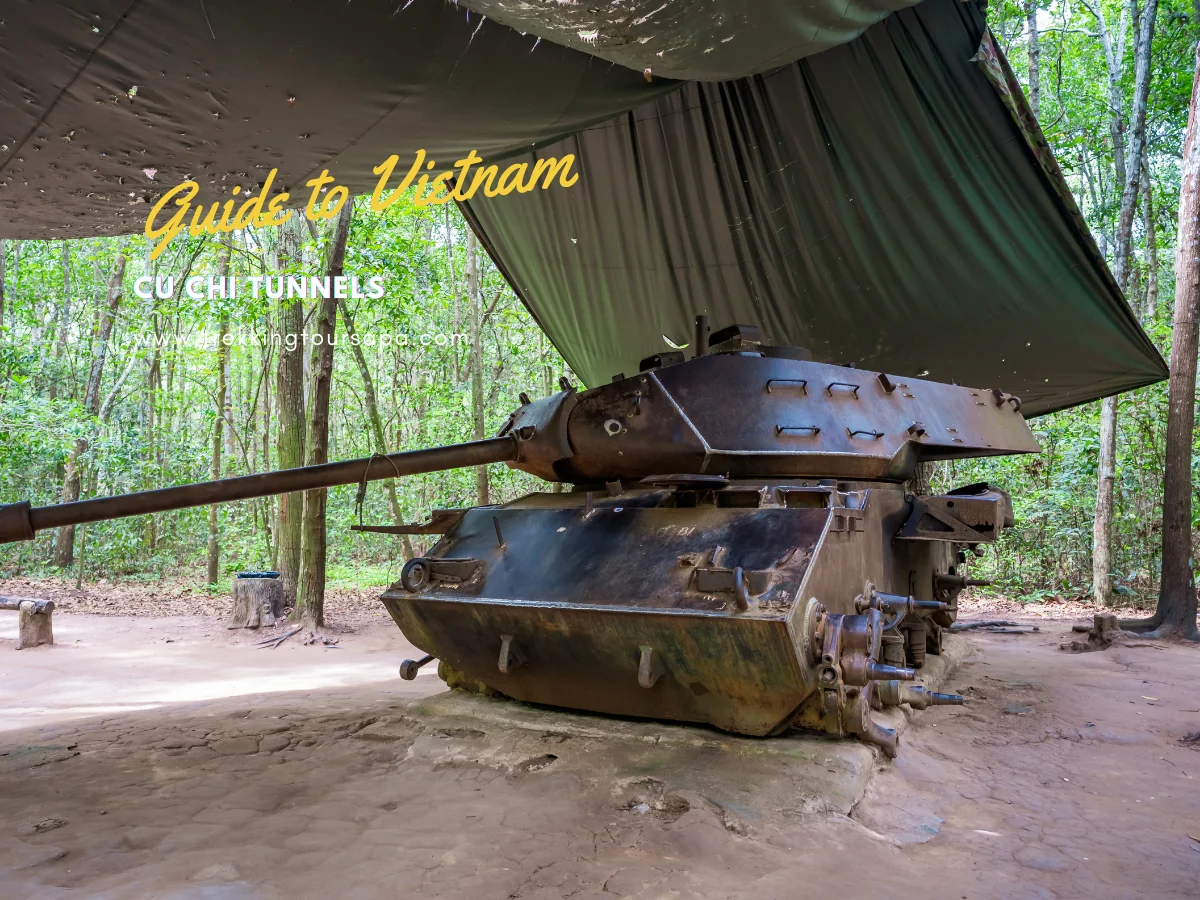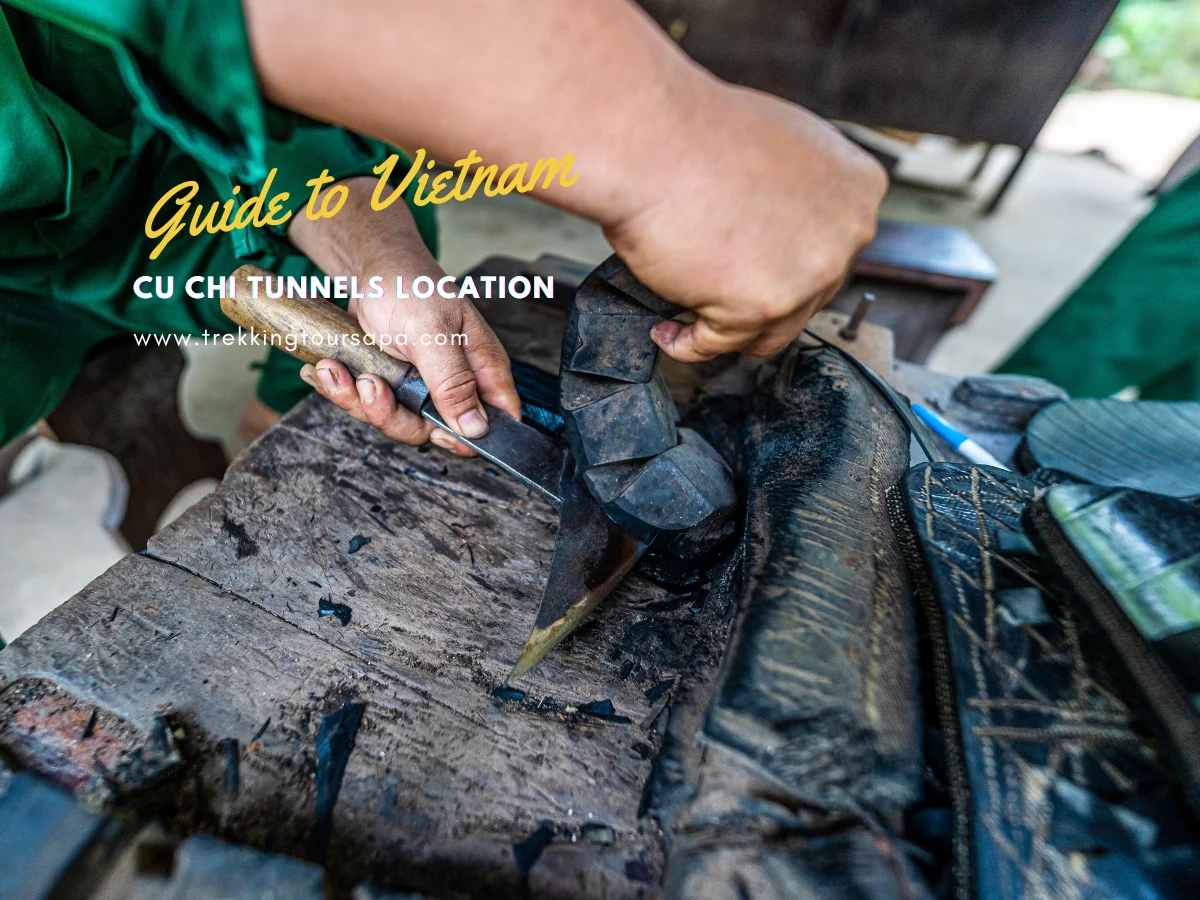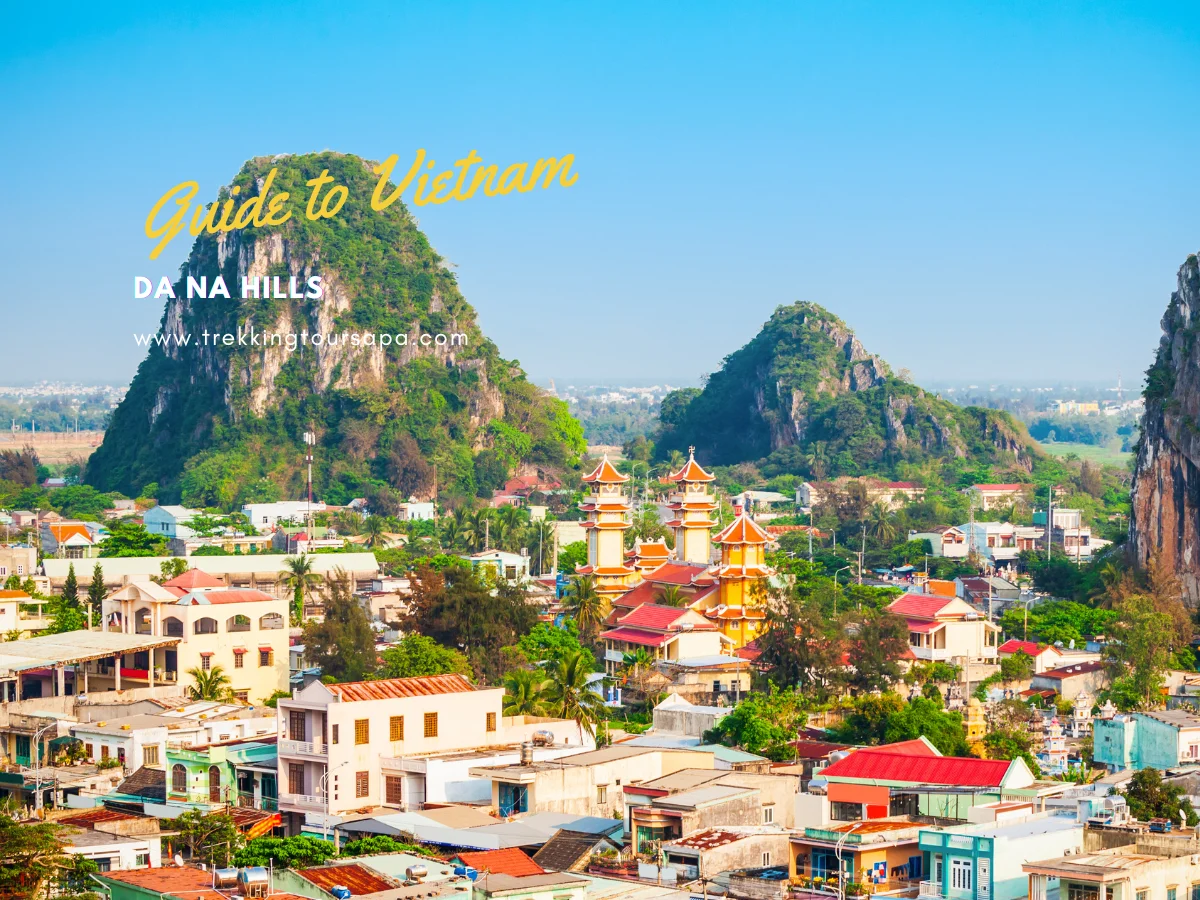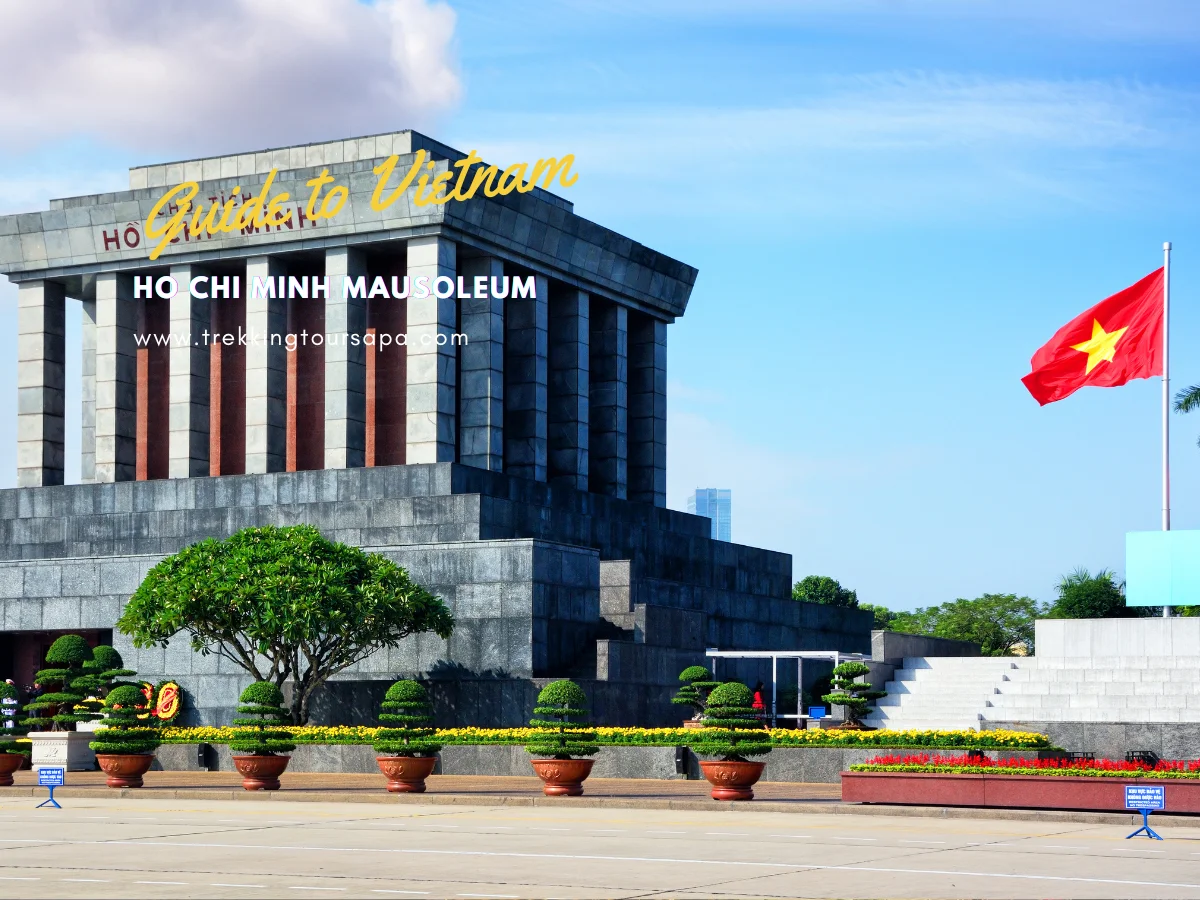Are you fascinated by the rich history and unique culture of Sapa? Are you looking for a way to immerse yourself in the local traditions and customs? Luckily, Sapa is home to numerous museums and cultural centers that offer an in-depth look at the region’s past and present.
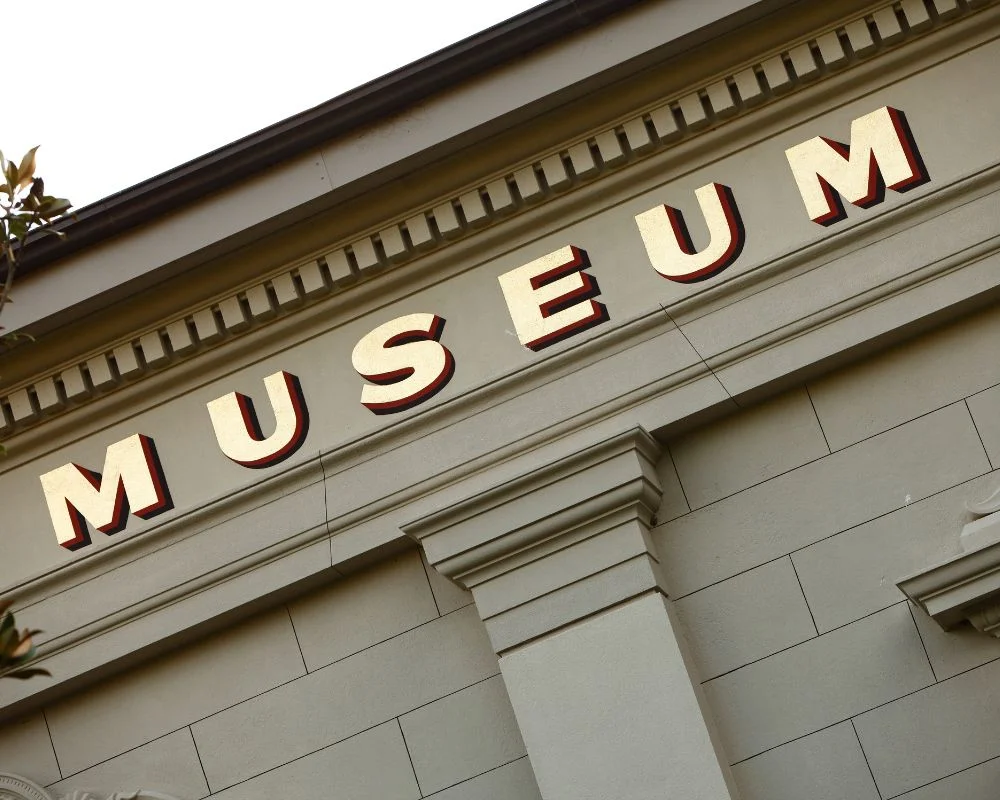
From the H’mong Culture Museum to the Red Dao Ethnic Minority Cultural Museum, these institutions showcase everything from traditional clothing and handicrafts to ancient artifacts and archaeological finds. Whether you’re a history buff or simply curious about this fascinating corner of Vietnam, visiting these museums is sure to be a captivating experience. So why not take a stroll through Sapa‘s storied past by exploring some of its best museums and cultural centers?
Table of Contents
ToggleThe Sapa Museum
Step into the Sapa Museum and immerse yourself in the vibrant traditions of this mountainous region. The museum showcases an impressive collection of historical artifacts, multimedia displays, and cultural exhibits that provide visitors with a comprehensive understanding of Sapa’s history and culture. You’ll find interactive installations that allow you to explore different aspects of local life, such as traditional farming practices or weaving techniques.
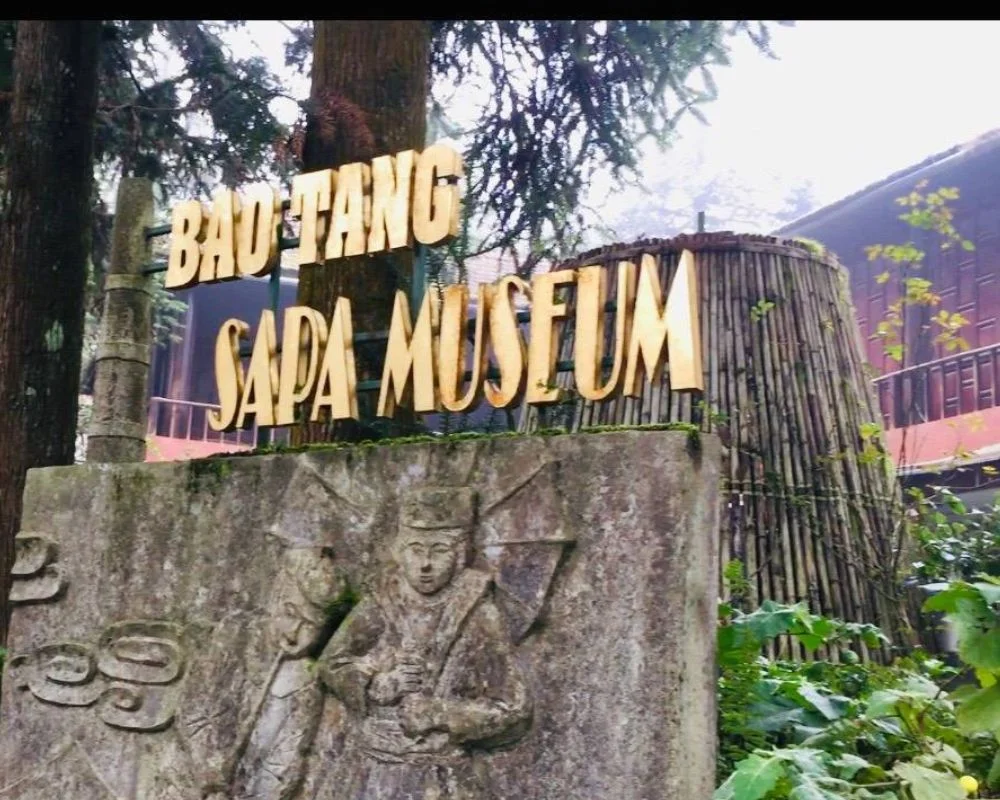
The Sapa Museum also offers guided tours that take you through various exhibits, explaining each display’s significance and importance to the local community. Whether you’re interested in learning about the region’s colonial past or its unique customs and traditions, the museum has something for everyone. With its engaging displays and informative tours, it’s no wonder why the Sapa Museum is a must-see attraction when visiting this beautiful area of Vietnam. As you leave the museum behind, get ready for another exciting stop on your journey: The H’mong Culture Museum.
The H’mong Culture Museum
The H’mong Culture Museum is a fascinating spot where visitors can immerse themselves in the traditions and customs of this unique ethnic group. One of the highlights of this museum is its collection of Hmong textiles, which are renowned for their intricate designs and vibrant colors. Visitors can learn about the traditional practices involved in creating these textiles, from spinning and dyeing to weaving and embroidery.
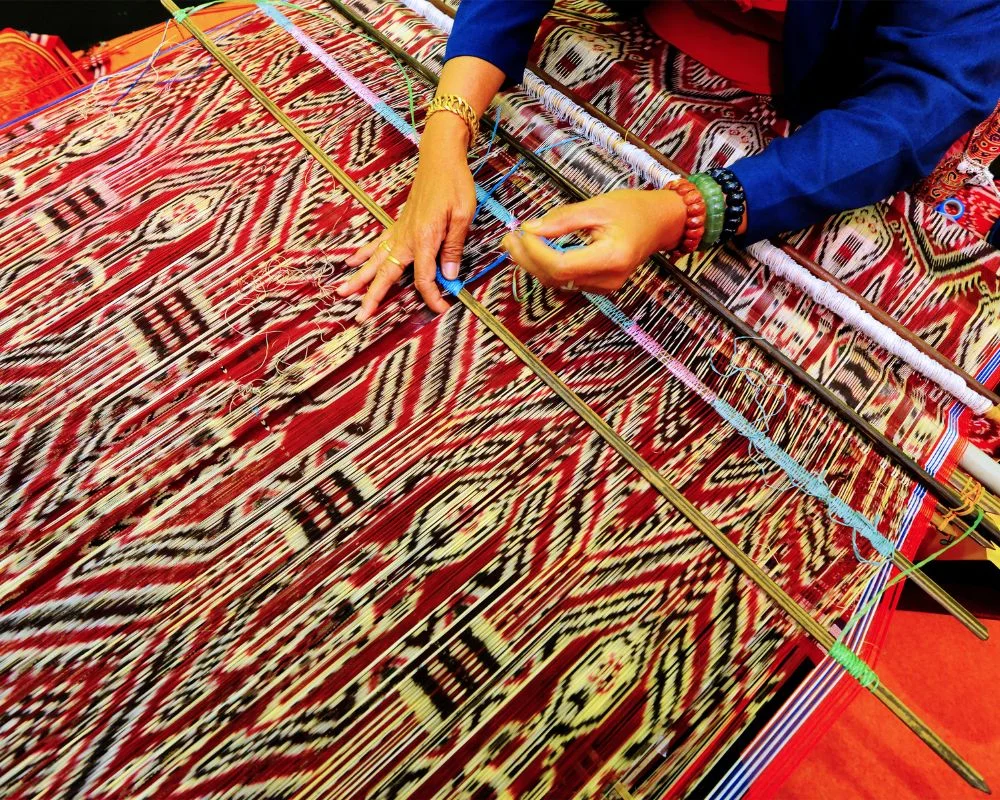
Beyond its focus on textiles, the museum also delves into other aspects of Hmong culture, such as music, dance, religion, and cuisine. Through exhibits and interactive displays, visitors can gain a deeper understanding of Hmong ethnic identity and cultural preservation efforts. Overall, the H’mong Culture Museum offers an enriching experience that will enhance your appreciation for one of Sapa’s most distinctive communities.
As you move on to explore the next stop on your cultural tour – the Red Dao Ethnic Minority Cultural Museum – you’ll find yourself continuing to deepen your understanding of Sapa‘s diverse peoples.
The Red Dao Ethnic Minority Cultural Museum
If you’re curious about the unique traditions and lifestyle of the Red Dao ethnic minority group, don’t miss out on visiting their fascinating museum. The Red Dao Ethnic Minority Cultural Museum in Sapa showcases a collection of artifacts, costumes, and tools that highlight the customs and practices of this ethnic group. One of the main attractions is the display of intricately woven Red Dao textiles that feature exquisite embroidery techniques.
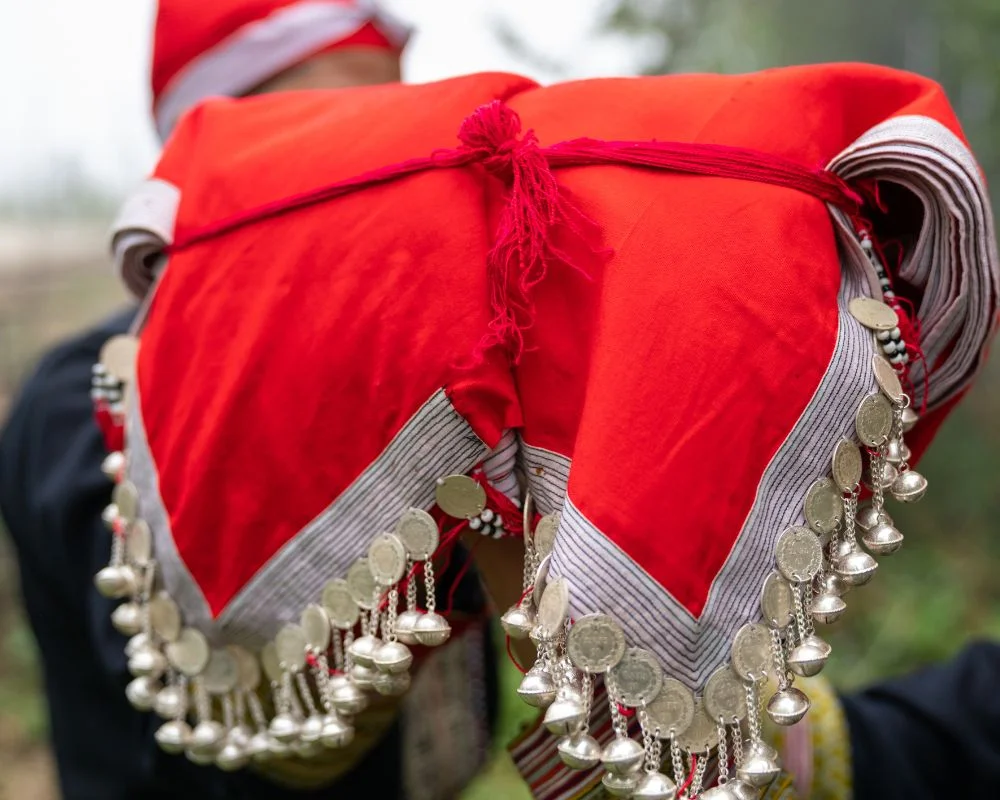
To fully appreciate the exhibits at this cultural center, it’s recommended to take a guided tour with one of the knowledgeable local staff members who can provide insights into the history and significance behind each item on display. Some highlights of a visit to this museum include:
- Learning about Red Dao rituals and beliefs related to childbirth, marriage, and death
- Seeing traditional costumes worn by both men and women during festivals and special occasions
- Examining household items such as baskets, knives, and utensils used in daily life
- Trying your hand at weaving or embroidery under the guidance of skilled artisans
The Lao Cai Museum
You’ll be fascinated by the Lao Cai Museum, where you can explore the diverse heritage and artifacts of this region through interactive exhibits and multimedia displays. The museum is dedicated to showcasing the rich cultural history of Sapa and its surrounding areas, with a particular focus on the ethnic diversity of the region.
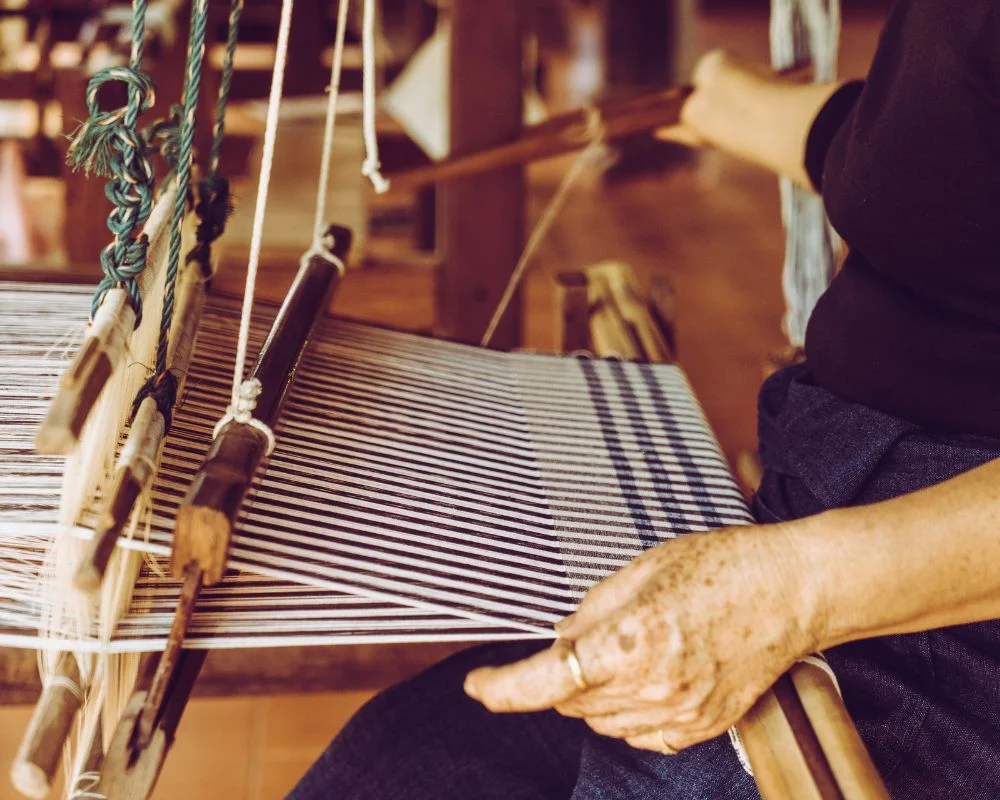
At the Lao Cai Museum, you can learn about the different ethnic groups that have called Sapa home for centuries. Through interactive exhibits and historical artifacts, you’ll gain a deeper understanding of their unique customs, traditions, and ways of life. Here is a table that highlights some of these ethnic groups:
| Ethnic Group | Brief Description |
|---|---|
| Hmong | Known for their intricate embroidery work and silver jewelry |
| Tay | Skilled in weaving colorful fabrics and making bamboo instruments |
| Dao | Experts in traditional herbal medicine and indigo dyeing |
As you immerse yourself in the exhibits at the Lao Cai Museum, you’ll come to appreciate just how much cultural wealth exists within Sapa’s borders. From music to cuisine to artistry, there’s no shortage of fascinating traditions waiting to be discovered.
The Ta Phin Cultural Center
Get ready to immerse yourself in the vibrant traditions of Sapa‘s ethnic groups at the Ta Phin Cultural Center. This cultural center is located in the Ta Phin Village, which is around 17 kilometers away from Sapa town. The center offers a unique opportunity for cultural immersion as visitors can witness various traditional handicrafts being made by locals such as weaving, dyeing, and embroidery.
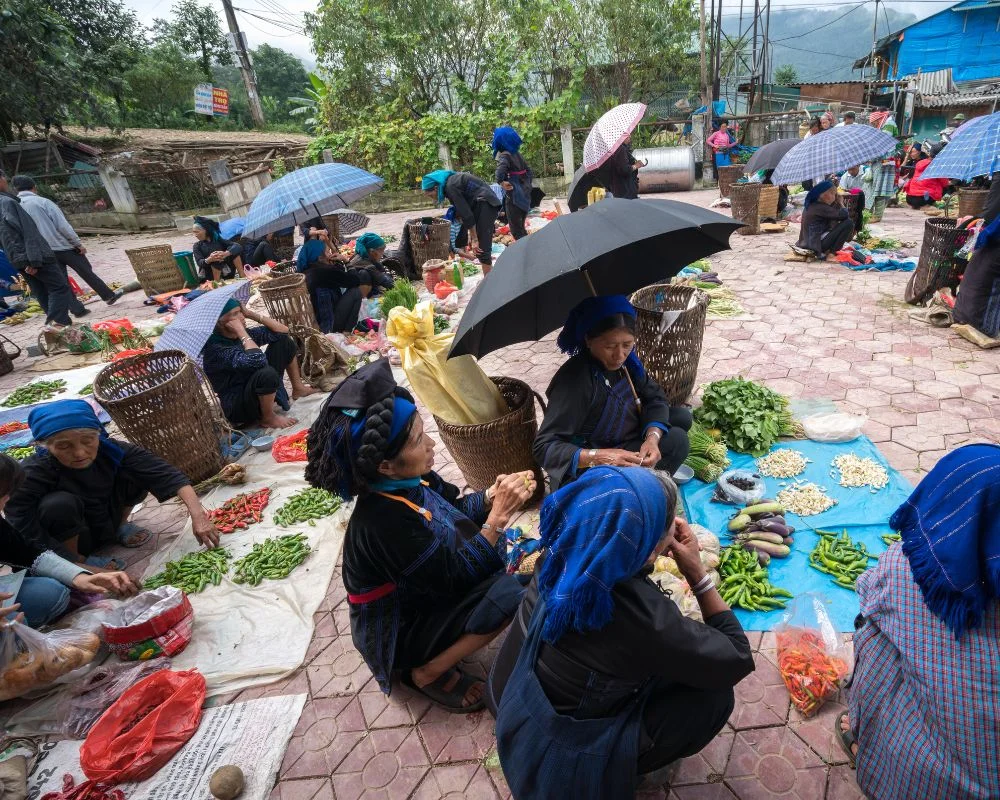
The Ta Phin Cultural Center also has a small museum that provides an overview of the daily lives and customs of the Red Dao and Black Hmong communities who call this region home. Visitors can learn about their unique beliefs, practices, and rituals through exhibitions of artifacts like clothing, jewelry, tools, and musical instruments. In addition to this, there are interactive displays that showcase traditional dances and music performances that give visitors a glimpse into the rich culture of these ethnic groups. With so much to see and experience, it’s no wonder that Ta Phin Cultural Center is considered one of the best museums for learning about Sapa’s history and culture.
And now it’s time to move on to another cultural center that should be on your list: The Bac Ha Cultural Park.
The Bac Ha Cultural Park
Attend the weekly Bac Ha Market to experience the vibrant atmosphere of this cultural hub. Immerse yourself in the customs and traditions of the Flower H’mong people through their unique handicrafts and colorful clothing. At The Bac Ha Cultural Park, you can learn about Sapa’s rich history and culture, as well as witness traditional performances and exhibits showcasing the region’s diverse ethnic groups.
Attend the weekly Bac Ha Market
If you’re looking for an immersive experience in the local way of life, don’t miss out on the vibrant and bustling Bac Ha Market. Held every Sunday in Bac Ha town, this market offers a great opportunity to explore handicrafts, taste local delicacies, and witness traditional performances. The Flower H’mong people are known to flock here dressed in their best traditional outfits, adding to the already colorful atmosphere.
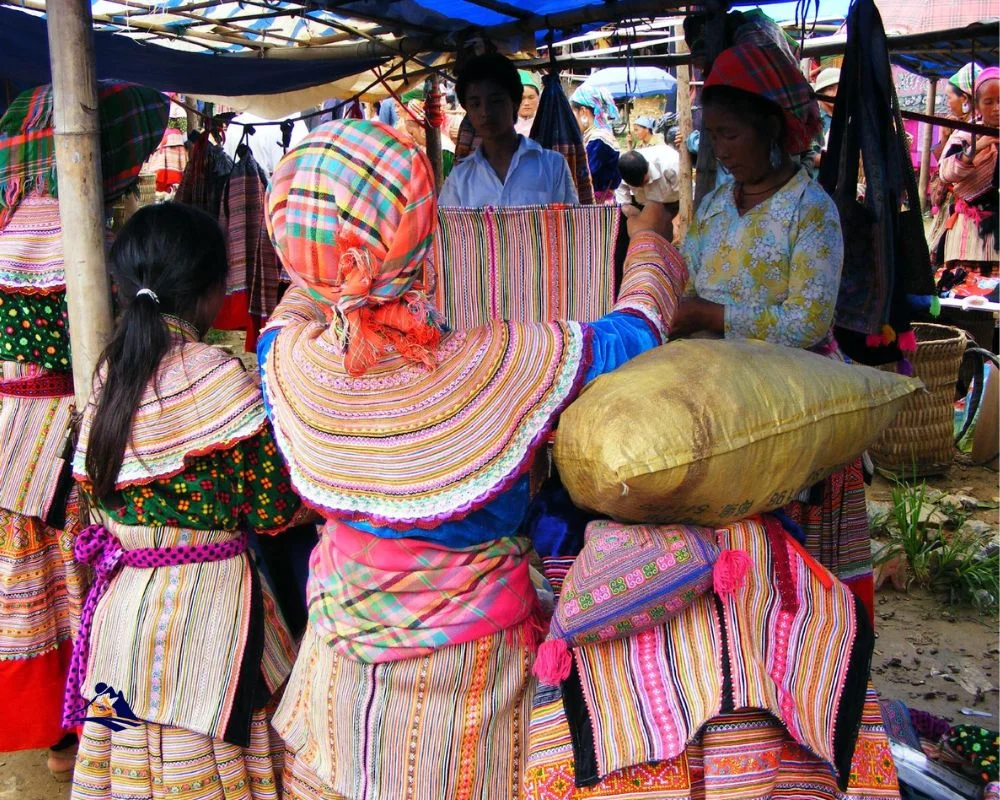
As you wander through the market’s maze-like alleys, you’ll encounter stalls selling everything from fresh produce and livestock to intricate textiles and handmade jewelry. Take your time browsing through the endless array of goods and bargaining with vendors who are always up for a friendly haggle. Be sure to try some of the delicious street food being cooked up right before your eyes – dishes like thang co (a spicy soup made with horse meat), banh cuon (steamed rice rolls), and xoi ngu sac (sticky rice with different colors). You won’t regret spending a few hours at this lively market where you can truly feel like a local.
Transitioning into our next section, if you want to delve even deeper into the traditions of Bac Ha’s indigenous communities, head over to one of their cultural centers or museums. Here, you can learn about the customs and beliefs that have been passed down through generations as well as admire ancient artifacts and art pieces that depict the rich history of this region.
Learn about the customs and traditions of the Flower H’mong people
Immerse yourself in the vibrant and captivating customs of the Flower H’mong people, discovering their unique way of life and fascinating traditions. One way to do this is by visiting the Bac Ha Market where you can witness firsthand the intricate embroidery and bold colors of Flower H’mong attire. Take a closer look at their clothing, and you’ll notice that each design represents a different story or symbol from their rich history.
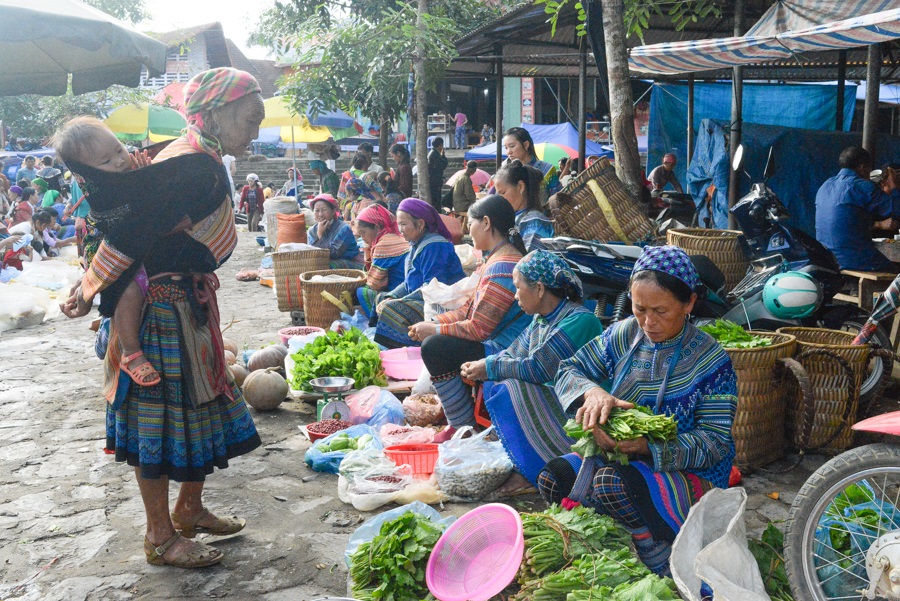
Another essential aspect of Flower H’mong culture is their wedding traditions. They believe that marriage should be blessed with many children, so it’s customary for brides to wear a headdress adorned with silver coins representing fertility. During the ceremony, couples exchange colorful bracelets made from strings of beads as a sign of commitment and love for one another. Immerse yourself in these cultural practices, and gain a deeper appreciation for Sapa’s diverse population before venturing off to explore other attractions like the Fansipan Legend cable car or Sun World Fansipan Legend.
The Fansipan Legend Cable Car and Sun World Fansipan Legend
1) You’ll be treated to stunning panoramic views of the Hoang Lien Son mountain range when you ride the Fansipan Legend Cable Car. 2) On your journey, take time to learn about the legend of the ‘Rooster’s Crow’, an important tale in Sapa’s history and culture. 3) This story will give you a deeper understanding and appreciation of the region’s traditions and beliefs.
Experience stunning views of the Hoang Lien Son mountain range
You’ll be awestruck by the breathtaking beauty of the Hoang Lien Son mountain range, providing a glimpse into the rich natural heritage of this region. Take in the stunning views while hiking through trails that wind through lush forests and traditional villages. These paths offer a unique opportunity to immerse yourself in Sapa’s history and culture, experiencing firsthand its deep connections to nature.
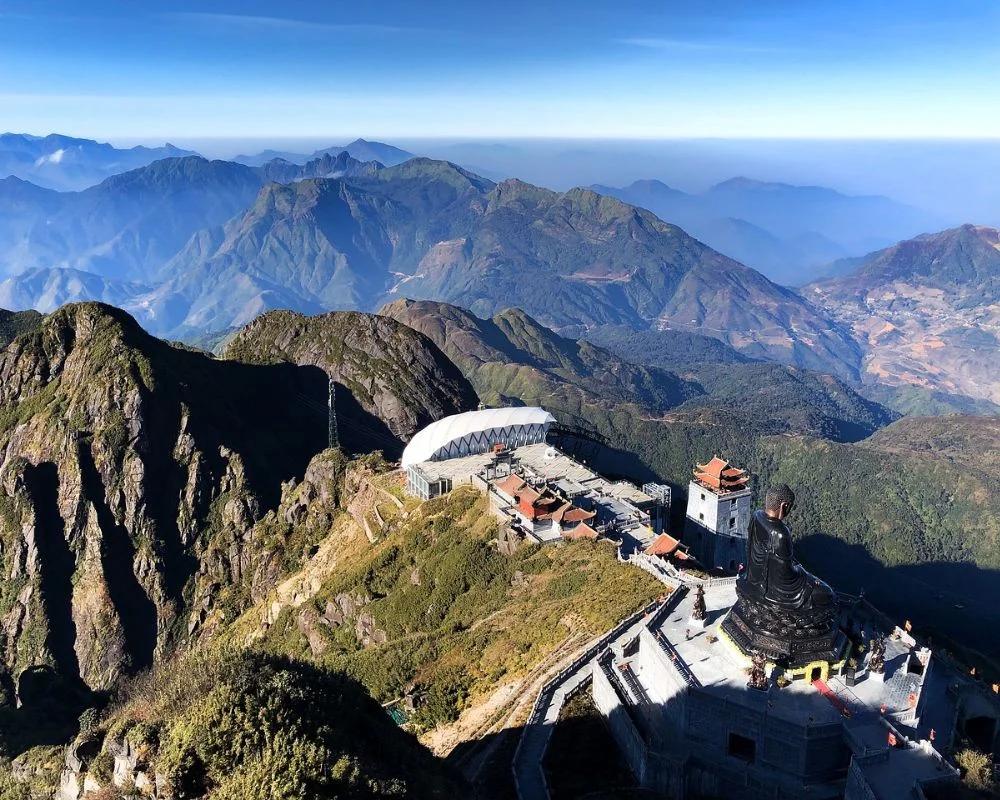
As you explore, you’ll discover why these mountains hold such significance for both locals and visitors alike. Learn about the legend of the ‘rooster’s crow’ and its significance in the region’s history and culture. This story is just one example of how Sapa’s past continues to shape its present, making it an ideal destination for those seeking a deeper understanding of Vietnam’s cultural heritage.
Learn about the legend of the “Rooster’s Crow” and its significance in the region’s history and culture
Discover the legend of the ‘Rooster’s Crow’ and why it holds such significance in the past and present of this enchanting region. This legend is about a rooster that saved Sapa from invasion by crowing loudly to alert the villagers. The origin and interpretation of this story vary, but it is commonly believed that it represents the importance of staying vigilant and prepared for any danger. It also highlights the role animals play in Sapa’s history and culture.

Animals have always held a significant place in Sapa’s cultural heritage, with many legends featuring them as heroes or protectors. For instance, horses are revered for their strength and endurance, while water buffalo symbolizes hard work and resilience. The Rooster’s Crow adds to this rich tapestry by showcasing how even small creatures like birds can make a big difference. Visiting museums like the Sapa Culture Museum or Cat Cat Village allows you to delve deeper into these fascinating stories, gaining insights into how they shaped local customs and beliefs over time.
The Best Museums And Cultural Centers For Learning About Sapa’s History And Culture Frequently Asked Questions
What is the significance of the name ‘Sapa’?
As you gaze upon the majestic mountains and lush green valleys of Sapa, have you ever wondered about the origin of its name? The etymology of ‘Sapa’ is derived from the Chinese word ‘xian pha’, meaning sandy land. However, for the local ethnic minority groups, it holds much cultural significance. The Hmong people believe that Sapa was created by their ancestors who came to this land to cultivate rice and corn. To them, Sapa represents the embodiment of hard work and perseverance. As you explore Sapa’s museums and cultural centers, you will learn more about the fascinating history behind its name and how it has shaped the identity of its people over time.
What is the history behind the construction of the Fansipan Legend Cable Car?
The Fansipan Legend Cable Car is an engineering marvel that allows tourists to access the summit of Fansipan Mountain, the highest peak in Indochina. The construction challenges were immense due to the harsh terrain and weather conditions, which required extensive planning and execution by a team of experts. Despite these difficulties, the cable car was completed in 2016 and has had a significant impact on tourism in Sapa. It provides visitors with a unique experience while also preserving the natural environment. Although some argue that it detracts from the authenticity of Sapa’s culture, it cannot be denied that the cable car has made this remote region more accessible to travelers seeking adventure and exploration.
How has the local government supported the preservation of Sapa’s cultural heritage?
The local government of Sapa has made significant efforts to preserve the region’s cultural heritage. Government preservation initiatives include the establishment of cultural centers and museums that showcase Sapa’s rich tradition and history. The government also supports various community-led programs that aim to maintain the authenticity of the local culture, including traditional dance performances, craft fairs, and festivals. These efforts have not only preserved Sapa’s unique identity but have also attracted tourists who seek authentic cultural experiences. The success of these initiatives is evident in the increasing number of visitors who come to learn about Sapa’s culture and history every year.
Are there any traditional festivals or celebrations held in Sapa that visitors can participate in?
Looking for a true cultural experience? Look no further than Sapa festivals! With vibrant colors, lively music, and community participation, these events are sure to leave you feeling energized and connected to the local culture. From the Bac Ha Market on Sundays to the Love Market in Sapa town held every Saturday night, visitors can immerse themselves in the traditions of the region. The highlight of the year is undoubtedly the Sapa Culture Tourism Week when locals showcase their traditional clothing, dances, and food. You won’t want to miss out on this unique opportunity to celebrate with locals and learn about their rich heritage.
What are some traditional handicrafts or artisanal products that are unique to the ethnic minority communities in Sapa?
If you want to explore the unique handicrafts and artisanal products of the ethnic minority communities in Sapa, you should check out their bamboo weaving and embroidery techniques. The Hmong and Red Dao people are particularly skilled at creating intricate designs using these materials. Bamboo weaving is used to make baskets, mats, hats, and even musical instruments. Embroidery techniques involve using a needle and colorful threads to create stunning patterns on clothing, bags, and other textiles. These traditional crafts are not only beautiful but also reflect the cultural heritage of the local communities in Sapa. By learning about these skills, you can gain a deeper appreciation for their way of life and support their livelihoods as well.
Conclusion
Overall, visiting museums and cultural centers in Sapa is a great way to learn about the rich history and diverse culture of the region. You can immerse yourself in the traditions of various ethnic minorities and gain a better understanding of their way of life.
Did you know that according to statistics from Vietnam’s National Administration of Tourism, in 2019, more than 2 million tourists visited Sapa? This demonstrates the growing interest in this beautiful destination and its unique culture. By exploring these museums and cultural centers, you can join the many travelers who have discovered the beauty and richness of Sapa’s history and culture. So next time you’re planning a trip to Vietnam, make sure to add Sapa to your itinerary!
